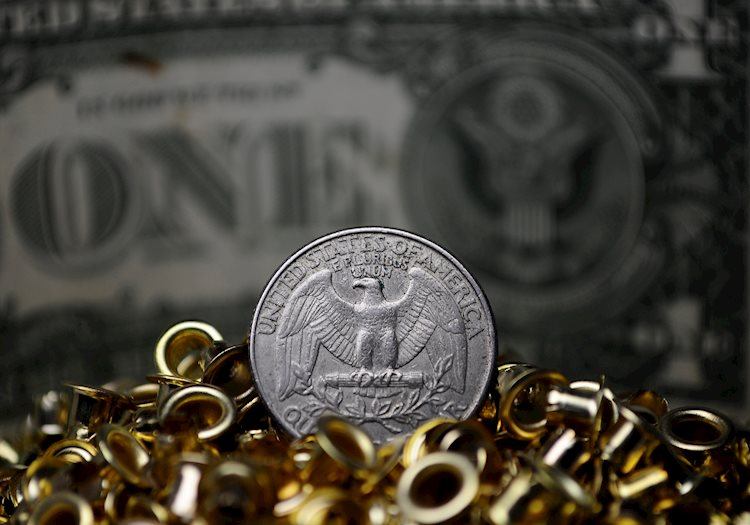The US Dollar has been facing a decline recently, reaching its lowest value since March. Factors such as dovish bets on the Federal Reserve and lower US Treasury Yields have been putting downward pressure on the USD. Despite strong housing data reported during the European session, the DXY index continued to decline, showing signs of disinflation in the US economy. The Federal Reserve officials are hesitant to rush into cuts and are maintaining a data-dependent approach, with a potential cut in September on the table.
The housing data for June showed an improvement in Housing Starts by 3%, totaling 1.35 million units. Building Permits also saw a surge of 3.4%, following a decline in the previous month. The Richmond Federal Reserve President suggested that the discussion at the July policy meeting might include whether it is still appropriate to describe inflation as elevated. The market is pricing in a rate cut in September, which has further pressured the USD down. Despite this decline, the DXY index is attempting to regain the 104.00 area, with strong supports at the 103.50 and 103.00 levels. However, the overall technical outlook for the DXY remains bearish.
Central banks have a key mandate of maintaining price stability in a country or region by keeping inflation close to 2%. They achieve this by tweaking their policy rate, which influences the savings and lending rates in the economy. Central banks, such as the US Federal Reserve, the European Central Bank, and the Bank of England, have a series of panels and hearings for members before being appointed to the policy board. Members of the policy board have differing views on monetary policy, with ‘doves’ favoring loose monetary policy and ‘hawks’ preferring higher rates to control inflation. The chairman or president of the central bank leads meetings, creating a consensus between the members and making the final decision if there is a tie on a vote.
Central banks communicate their monetary policy stance through speeches and statements, aiming to avoid triggering violent swings in rates or currencies. There is a blackout period before a policy meeting where members are not allowed to speak publicly to prevent any premature market reactions. The central bank’s interest rate decisions play a crucial role in influencing the economy, with monetary tightening occurring when rates are raised substantially, and monetary easing when rates are lowered. The central bank’s goal is to strike a balance between economic growth and inflation control while maintaining political independence and ensuring price stability in the economy.




















